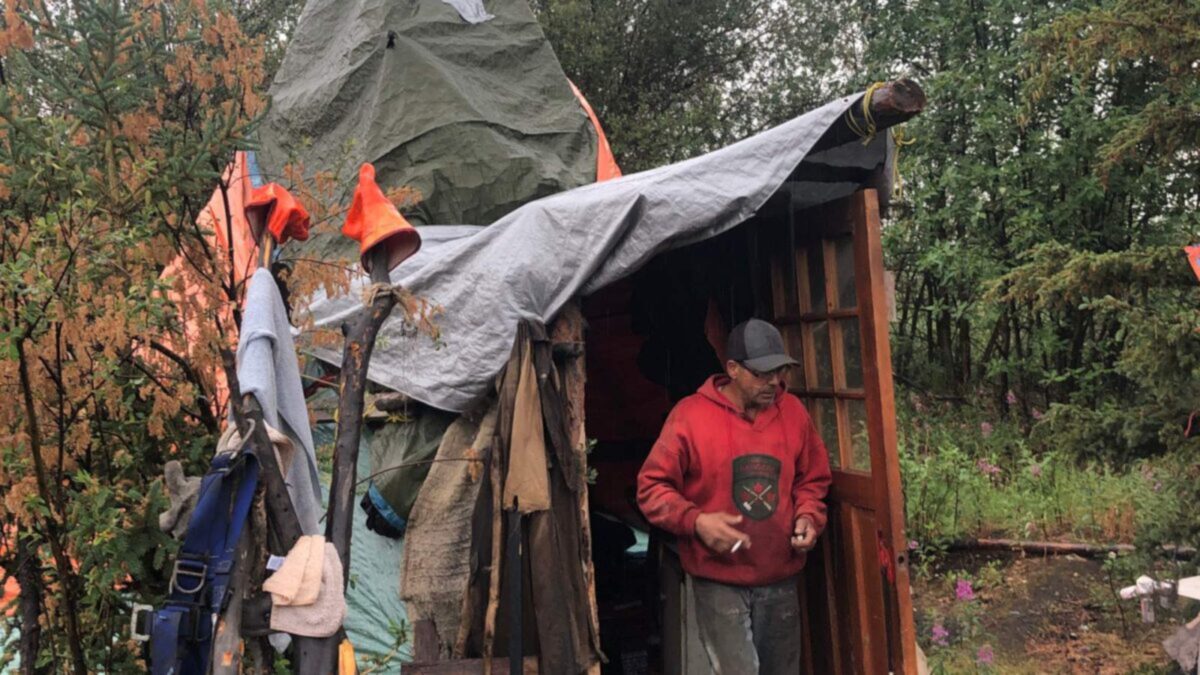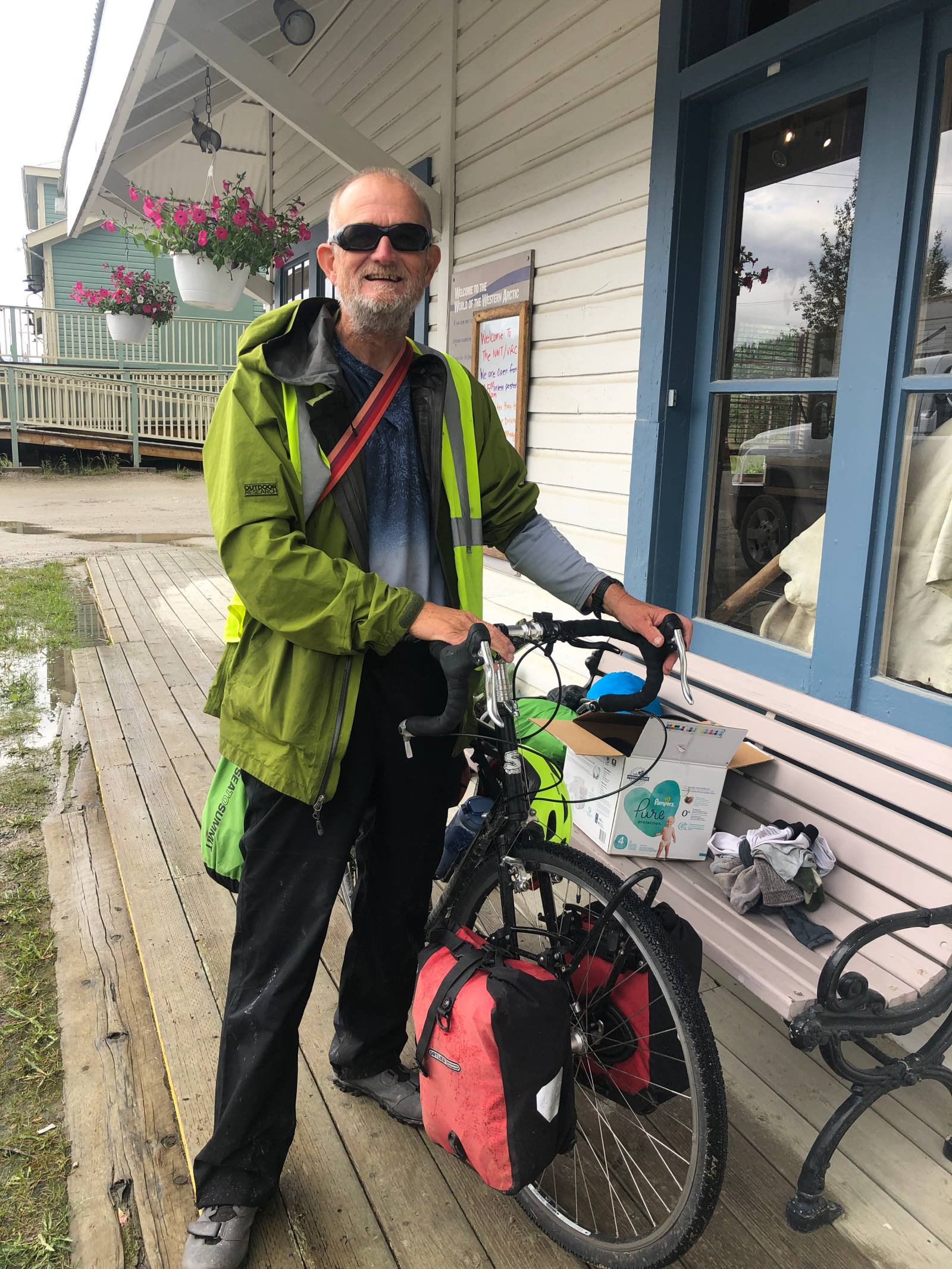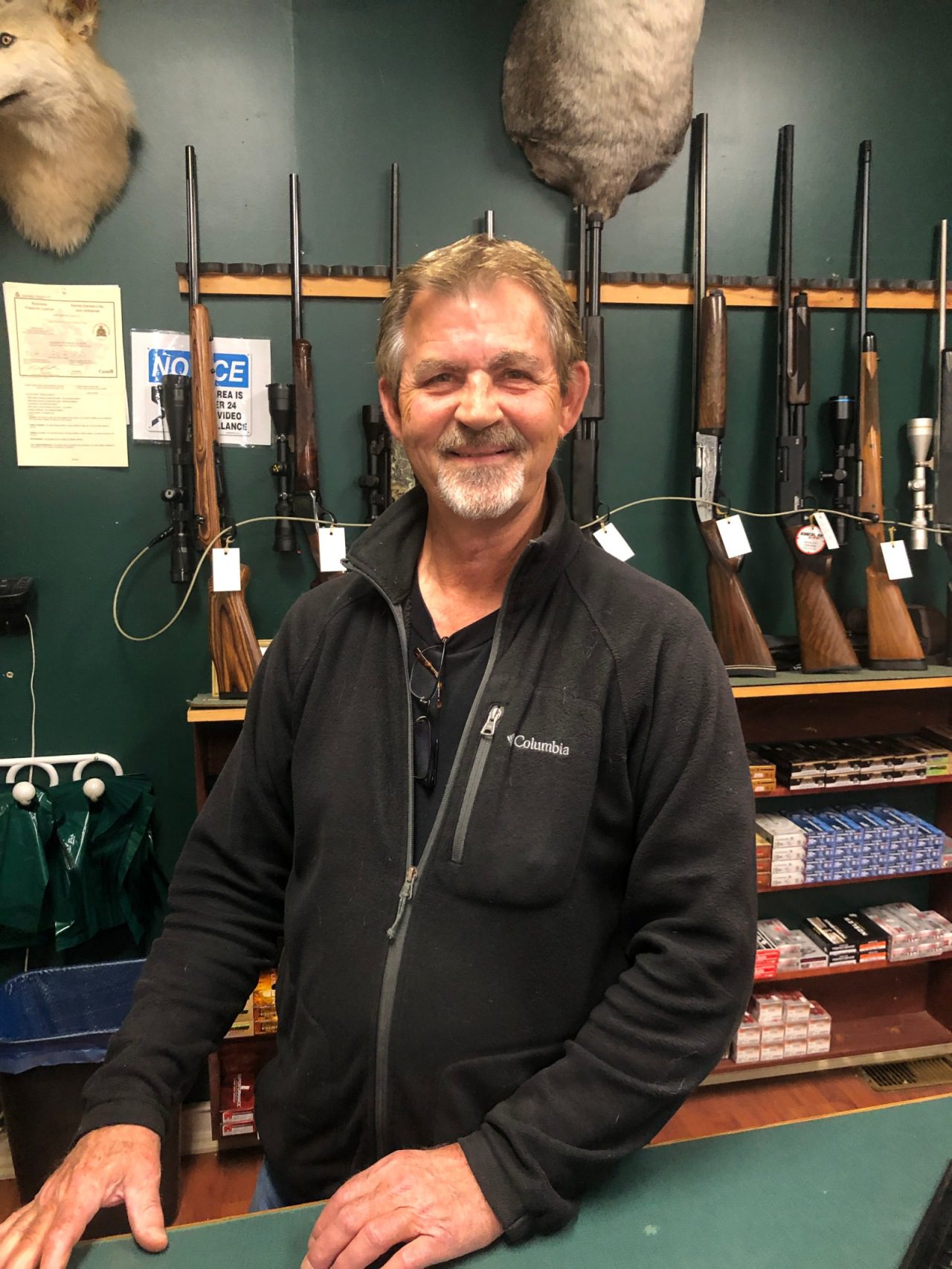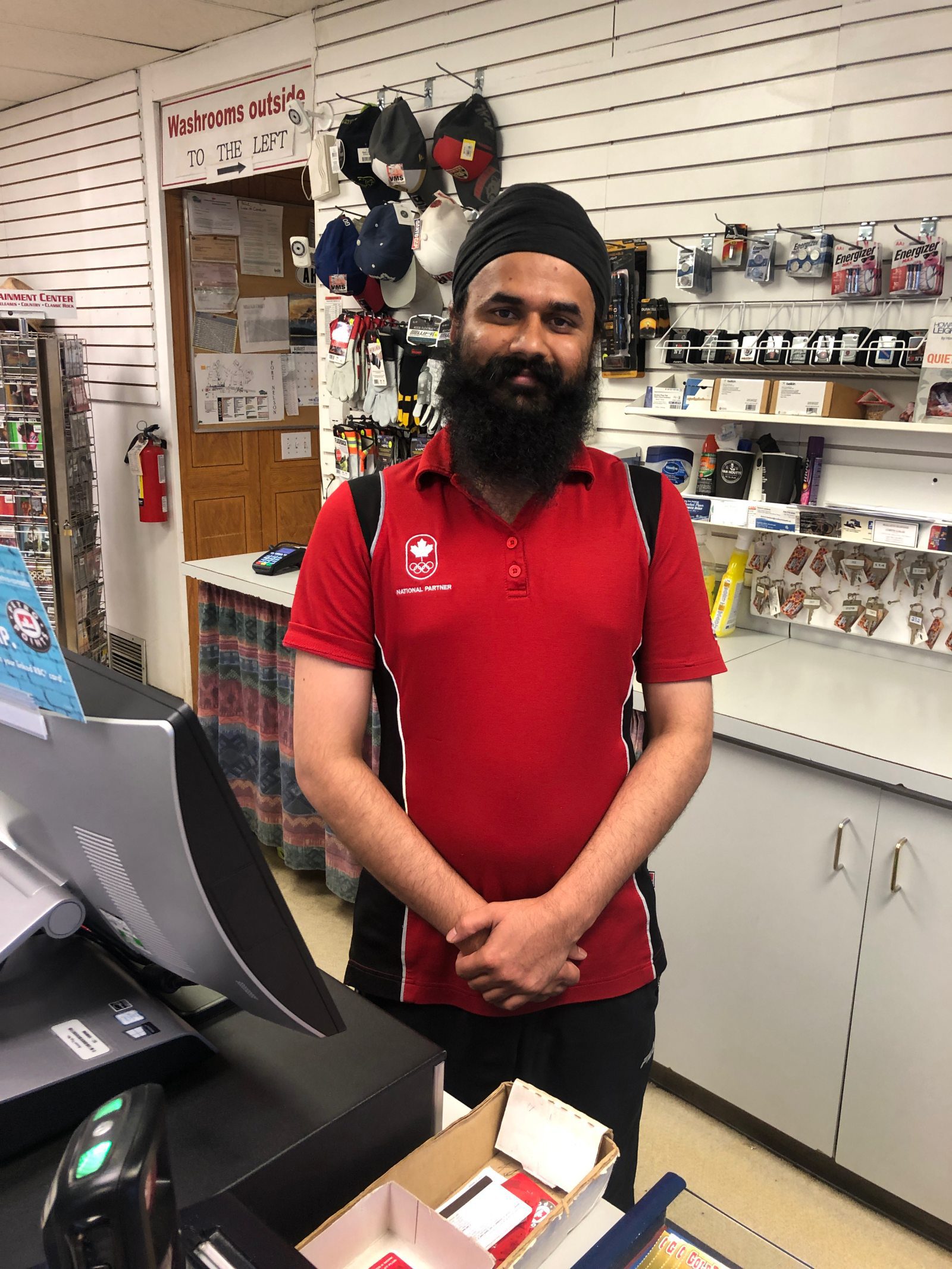“You’re doing what?!”
How my bike trek allows for open conversations
 Photo by:
Tom Perlmutter
Photo by:
Tom Perlmutter
One of the delights of a long tour like this are the chance encounters. Over the days and weeks your rides, with the intimacy that cycling engenders with landscape, and the conversations you have create a unique impression of a place, a country, and eventually, of this whole continent. I make an effort as much as possible to stop and talk to people. I mention that I am cycling from the Arctic to Panama. The first reaction is almost inevitably, “you’re doing what?!” The craziness and the wonder of it shifts the personal dynamics between two strangers. It opens a space of trust between us. The conversation may last five or ten minutes or forty minutes and more. We leave with a bond that is ephemeral yet the faint traces of it linger.
I think of Josh, an Inuvialuit from Tuktoyaktuk, whom I met on the gravel road from Tuk to Inuvik. He patrols the highway with Angus, part of a team managing the fishing and wildlife resources of the land to ensure its legacy for future generations. He is young and conscious of his role that is as much about preservation of culture and mode of living as it is technical.

It is the same with other First Nations people I meet. Jared in Tsiigehtchic is in his early twenties and left the south to return home and learn the old ways from his grandfather. He loves his small village, the land and how they live in relation to their land.
Lawrence is a Gwitchin who lives in a tepee he Gerry-rigged just off the Dempster Highway. He was diamond miner and now works as a mechanic. We spent seven hours with him as he drove us (me and fellow Covid positive cyclist, Cat) from Eagle Plains to Dawson City where we were to hunker down for our week of isolation. Lawrence didn’t give a damn that we were positive; had had Covid twice himself. We wore masks and listened to his stories of his ancestral lands. He is pushing sixty and what impressed me most was the childlike wonder with which he pointed out the beauty of the land we were driving through.
Fran is a Tr’ondëk Hwëch’in who is immersing herself in ancient wisdom and modern science of plant lore. Hers is an ongoing quest to reconnect with so much that had been lost or buried with the advent of white settlers and the residential schools.

There are others. Their names and faces swirl around me. I meet Tom from Omaha, Nebraska. He’s 68, lean with a mobile, expressive face as if in constant audition for a comedy part. He’s repacking his gear outside the visitor centre. He’s riding solo to the Arctic Ocean. He wants to finish a ride he did three years ago from Key West, Florida to Denali, Alaska. He says, “I don’t know why I didn’t finish the ride then when I was so close. I just kick myself.” I’m about to leave when he lifts up his right leg to show me the underside of his bike shoe. He asks me, “Do you happen to have a spare cleat.”

The North, from the Arctic to the resource rich oil and gas fields of northern British Columbia is different. It demands a certain kind of hardiness, self-reliance and mutual reliance of those living in small or isolated communities in an environment that can be very harsh. There are many who have come from away.
I met Louie and Chelsea, his daughter, in their small sports emporium in Fort Nelson. It had a mix of bicycle, camping, boating, hunting and fishing supplies. Chelsea tells me that her dad came from Newfoundland almost thirty years before. Others followed in his footsteps so that Louie was affectionately called, “the codfather”. Louie is about sixty with yellow flaxen hair and an impossibly unlined face. Even after so many years away from home he speaks with that distinctive Newfoundland brogue. He tells me he was one of nineteen children. He came out west for the work. He came from an out port so adapting to northern life was not a great stretch.

About a block away is another hunting and fishing store. The window sticker announces that it is a proud Métis owned business. I am curious about that. I go in and meet Cliff. He is originally from Manitoba. Again, it was the work that lured him west and north. He managed construction and trucking projects before deciding to set up his business. Covid slowed business down, as it did for Louie, but they managed to get by. Cliff is a proud man. He says he didn’t take a nickel from any of the government Covid grant money. You could sense that mistrust of government initiatives that is often characteristic of First Nation communities. Often for very good reasons.

The encounter that most tugged at my heart was Amam. I’d gone into his Petro-Canada convenience store to buy some snacks for my next day ride. He’s young, bearded and turbaned, a Sikh. He tells me he came to Canada straight out of high school. He spent a couple of years in Vancouver before moving north and getting established in a small business. I ask if he finds it lonely to be so far from home and community. He smiles shyly and nods his head.

The next day I’m back on the road. For the most part I ride on my own but the people I have met are with me, accompanying spirits.
